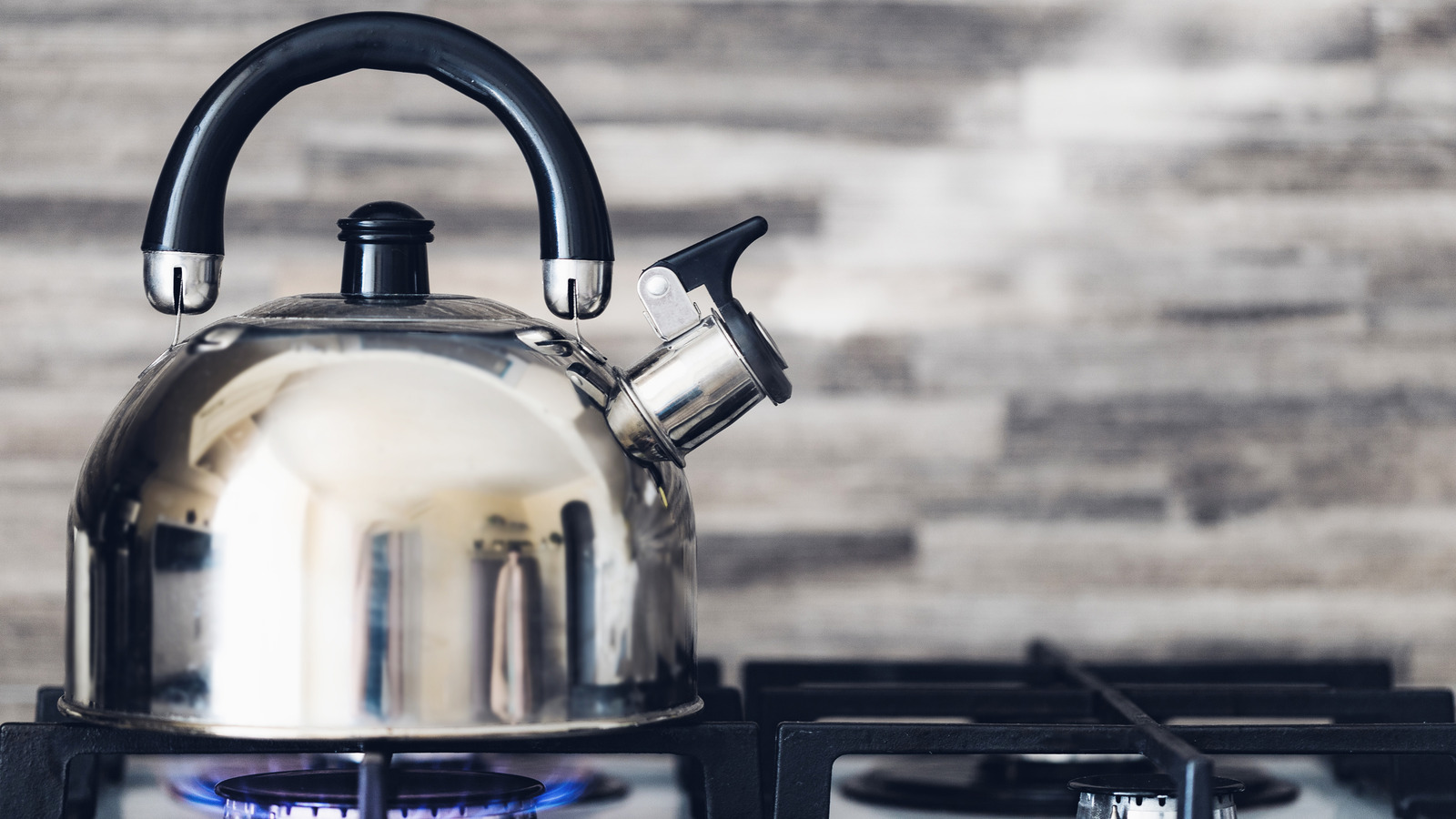The kettle plays an integral role in our daily routines brewing delicious teas on those chilly mornings and late nights. This trusty appliance faces the brunt of constant use and frequent heating and is, therefore, not immune to wear and tear, with one particularly pesky issue being the presence of stubborn burn stains. But before you decide to cast away your loyal appliance, there’s a simple solution tucked away in your pantry that can restore your kettle’s gleaming shine — baking soda.
This white, powdery substance is a natural cleaning agent known for its abrasive yet gentle scrubbing properties. And using it is pretty simple. First, soak your stained kettle in hot water with detergent for about 20 minutes. Next, dampen a cloth or sponge, dip it into some baking soda, and then scrub the stained areas gently. After a few minutes of gentle scrubbing, rinse your kettle thoroughly. You should find a noticeable difference in its appearance, with many of those persistent stains fading or disappearing entirely.
However, if the burn marks prove particularly tenacious, defying the cleansing prowess of baking soda alone, we recommend using a dynamic pairing — baking soda and white vinegar.
How to remove the most stubborn burn stains on your kettle

To harness this powerful cleaning duo, you’ll want to create a pasty concoction by mixing one cup of baking soda and one cup of white vinegar. This combination will fizz and bubble — a reaction that speaks to its potent stain-fighting abilities. Once the fizzing subsides, you’re left with a thick paste that’s ready to combat those persistent kettle stains.
Apply this paste generously to the problem areas and let it sit for about 20 minutes. This resting period allows the mixture to penetrate the stain, breaking down its components. After allowing the paste its due time, scrub the area with a sponge or steel wool pad. The stain should start lifting, thanks to the combined abrasive action of the baking soda and the acidic dissolving power of the white vinegar. Once you’re done scrubbing, ensure you give your kettle a thorough rinse to wash away any residue.
In an era where we are increasingly aware of the chemicals we introduce into our homes, using natural cleaning agents like baking soda and white vinegar not only ensures the longevity of our appliances but also keeps our living spaces free from harmful substances. So the next time your kettle seems past its prime, remember that a quick pantry raid might be all that’s needed to restore its former glory.







